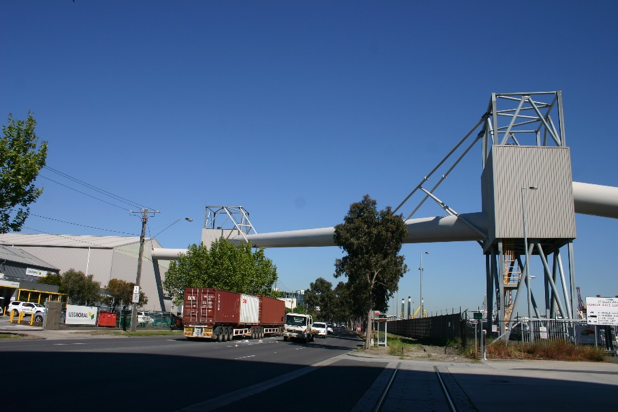Boral Plasterboard Facility Upgrade
This project involved a major upgrade to Boral’s plasterboard manufacturing facility in Port Melbourne. Two large gypsum and product warehouses, gypsum transfer conveyors, new batching building, electrical substation, kettles system upgrade, access platforms and walkways, a plasterboard dryer raft foundation and dryer ducting support were constructed whilst minimising lost production.
The engineers at SCE Australia were responsible for the structural design of the complete project upgrade. The Boral Port Melbourne facility is located over Coode Island silt and fill layers with the founding levels at tidal ground water levels resulting in poor and challenging ground conditions. The new dryer required a 200m long foundation with extremely tight tolerances on differential settlements to be built within the operational plasterboard building. The engineers from SCE developed a raft foundation on improved ground solution which allowed for a cost effective and stage construction.
The new four level, 23m high batching building is to house large silos, bins and sensitive batching equipment which needed to be isolated from building movements due to wind, vibrations and movements from other site operations. In addition to this, Boral wanted to construct this part of the project in two stages to enable the external skin to be constructed first, with the process equipment and structure to be constructed at a later date. The solution was a building within a building with the outer building constructed first, providing the weather protection and the inner building a stiff support for the sensitive equipment and silos. An isolated raft foundation for the batching building was designed to spread the loads and minimise vibration transfers. The inner building structure required stringent deflection and vibration control while supporting variable and heavily loaded silos and equipment.
Boral’s existing multi-storey manufacturing building also required extensive checking, strengthening and modification to accommodate new kettles, dust collectors, bucket elevators, supply bins, screw conveyors, cyclone fans, platforms and walkways, as well as increased loading to the existing large gypsum bins.



